ObsSIM Space Scenario Designer enables you to construct scenarios for tests, trainings, and exercises. With ObsSIM's library of realistic, physics-driven models, you can design even the most complex launch and on-orbit scenarios. ObsSIM’s data-derived sensor models give you the realistic sensor observations you need to test the mettle of your systems, procedures, and teams.
Your operators need to be ready for anything
ObsSIM helps you train for any scenario. Prepare your operators for the worst days in space with our simple workflows for designing test, training, and exercise scenarios.
Feel confident in your ability to protect your assets
Be ready to put your procedures into practice. ObsSIM's complete library of space events, from launch to re-entry, allows your scenario designers to construct any scenario that today's congested and contested space environment could throw at you.

ObsSIM Launch Features
Simulated observations enable operators to rehearse launch processing
Surface to space modeling
Configure launch site, time, and destination orbit
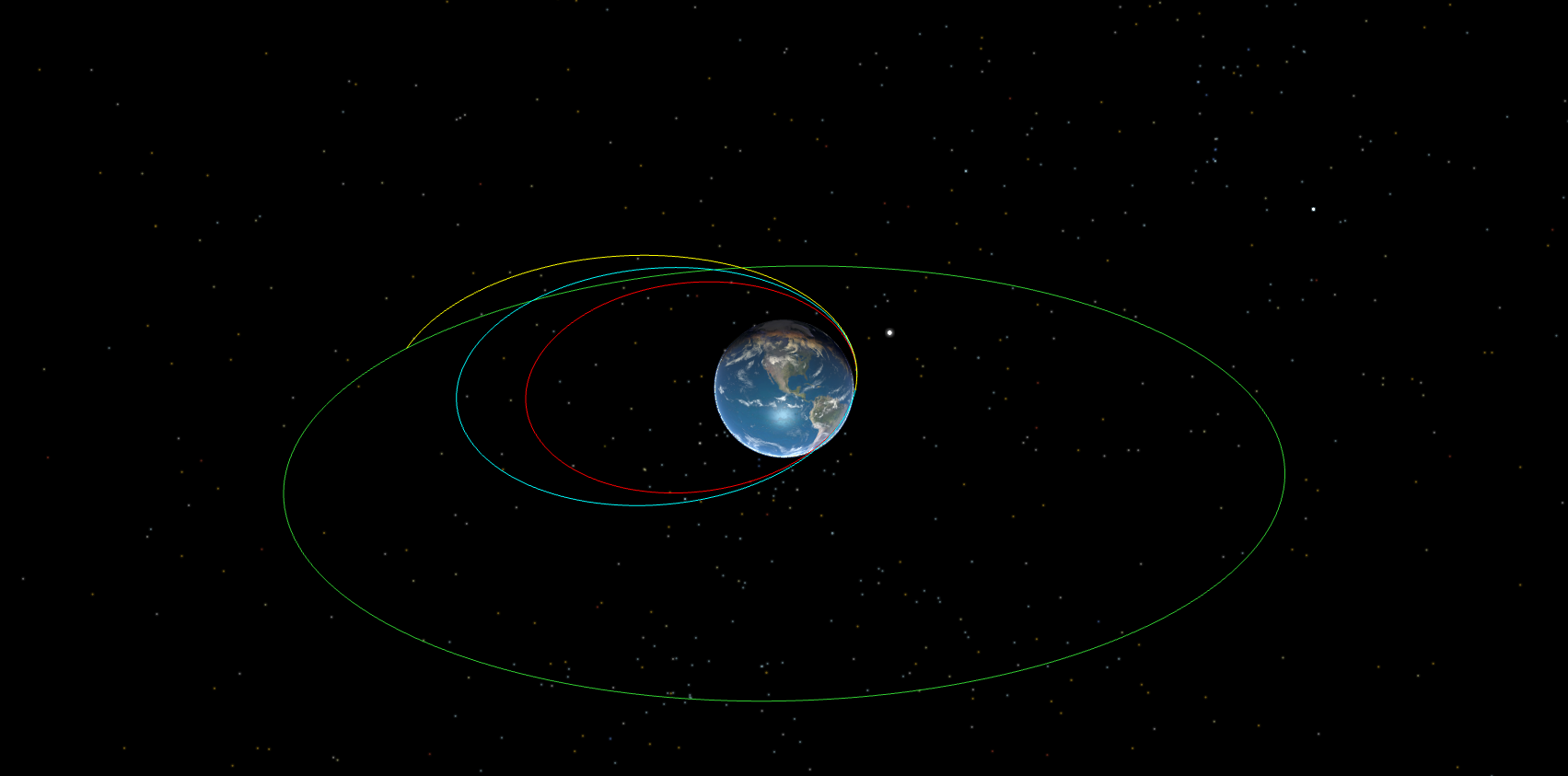
ObsSIM Maneuvers Features
Rehearse red and blue maneuver activities
Period changes, inclination changes, circularization
GEO stationkeeping, drift, and relocation
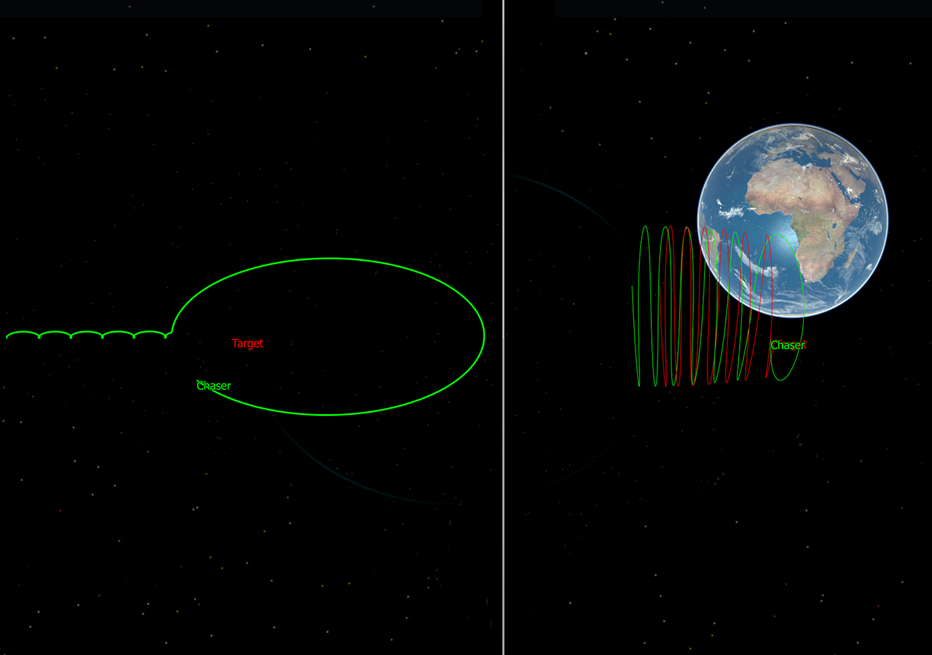
ObsSIM RPOs Features
Natural motion circumnavigation (NMC)
Forced motion circumnavigation (FMC)
Fly by inspections

Docking and Deployments Features
Model docking and undocking events
Deployment of cubesats and other secondary vehicles
Rehearse your observation correlation and new object cataloging procedures

ObsSIM ASATs Features
Enable operators to practice procedures to identify and respond to ASAT threats
Direct ascent and orbital trajectories
Operators learn how to identify and protect the target RSO
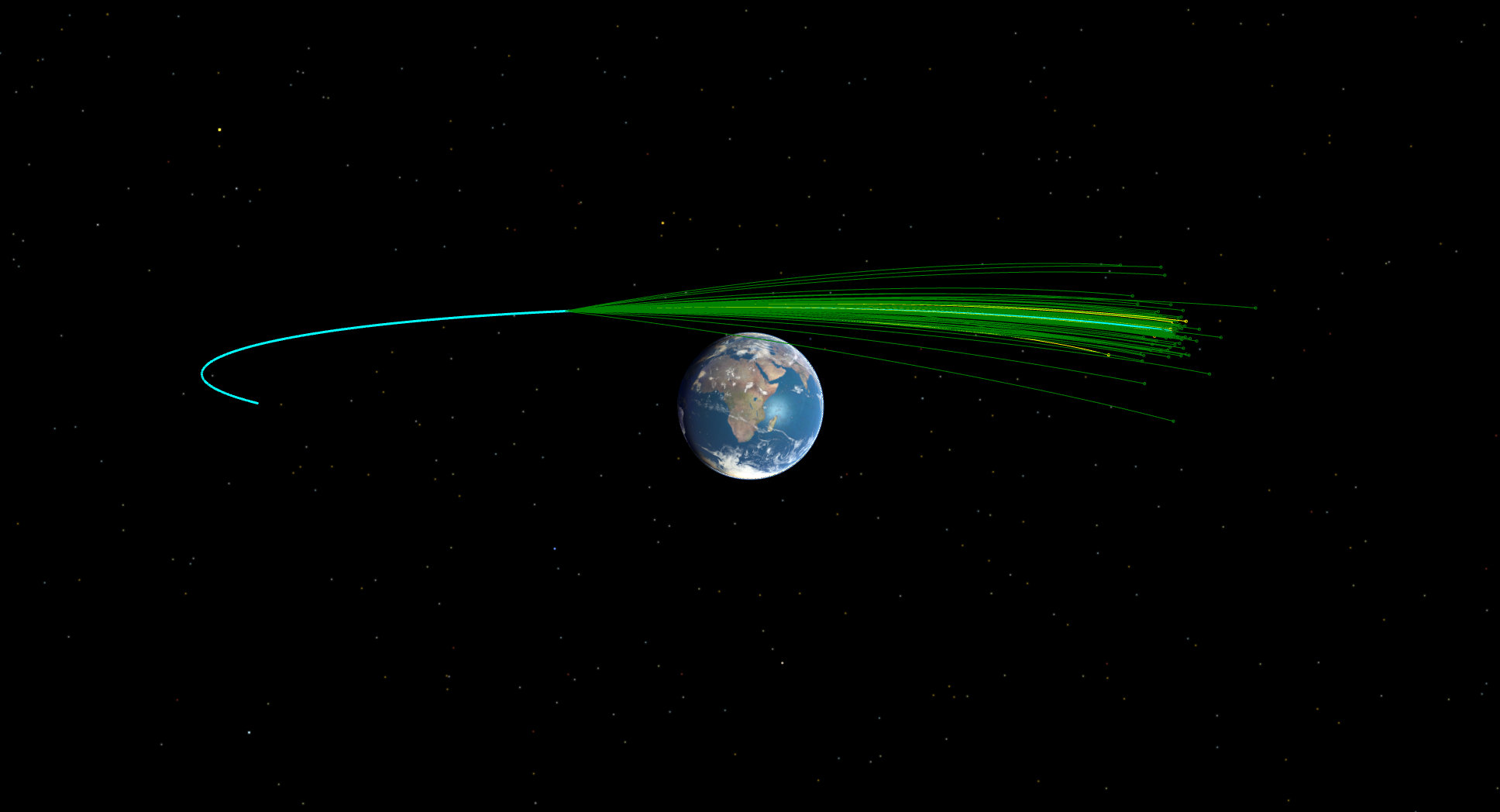
Breakups and Collisions Features
Generate simulated observations of debris-generating events
On-orbit explosions, micrometeoroid strikes, and RSO collisions
Enable operators to practice new debris object cataloging procedures
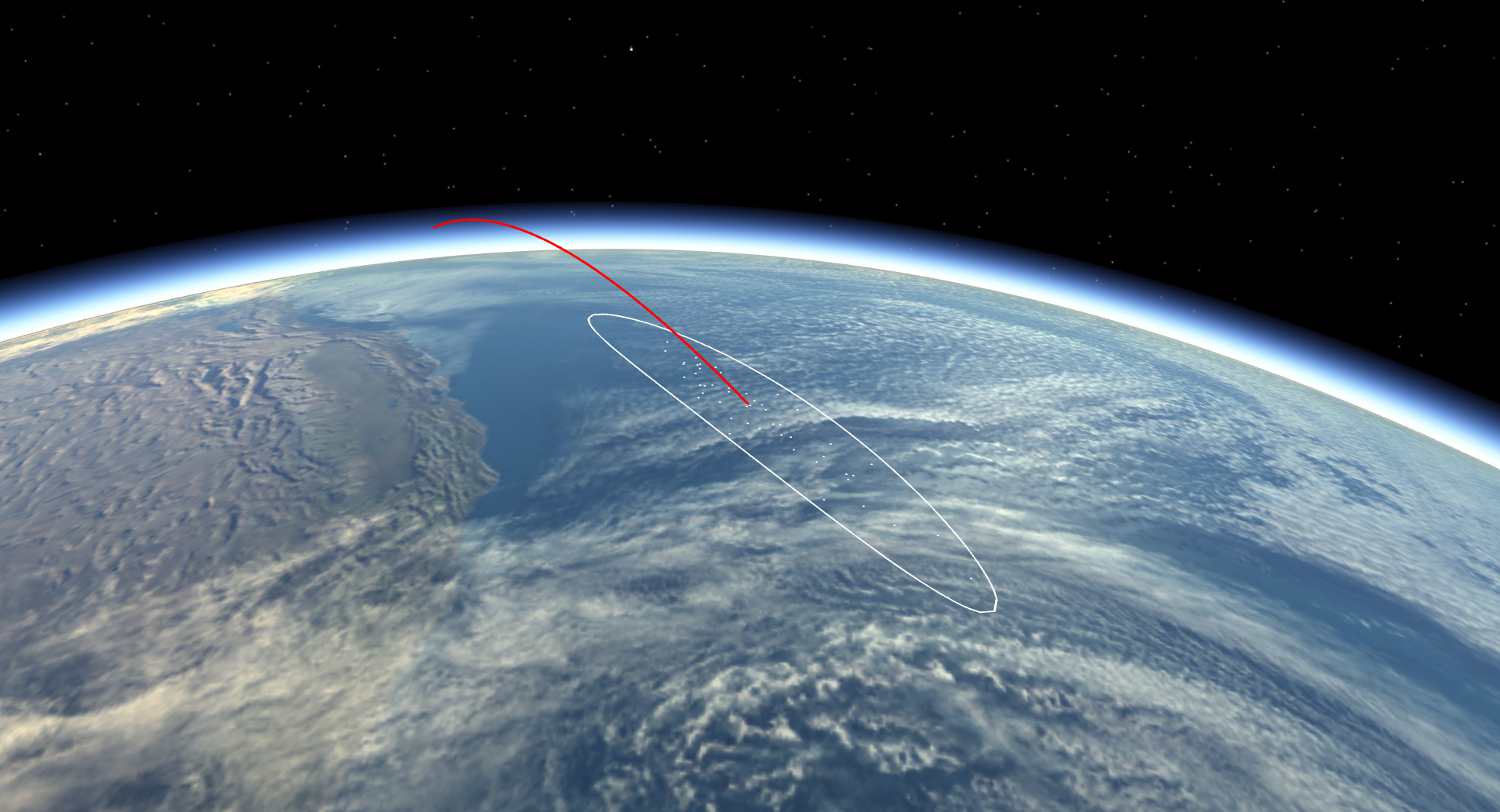
ObsSIM Reentries Features
End of life modeling
Natural decay or planned deorbit
Operators rehearse prediction of entry timing and footprint
Empower your test, training, and exercise designers with realistic training data
With ObsSIM’s interactive views and informative timeline, preview your events, fine tune your plan, then execute the simulation. Publish data in real time or faster-than-real-time. Layer simulated data over live feeds for sim-over-live training.
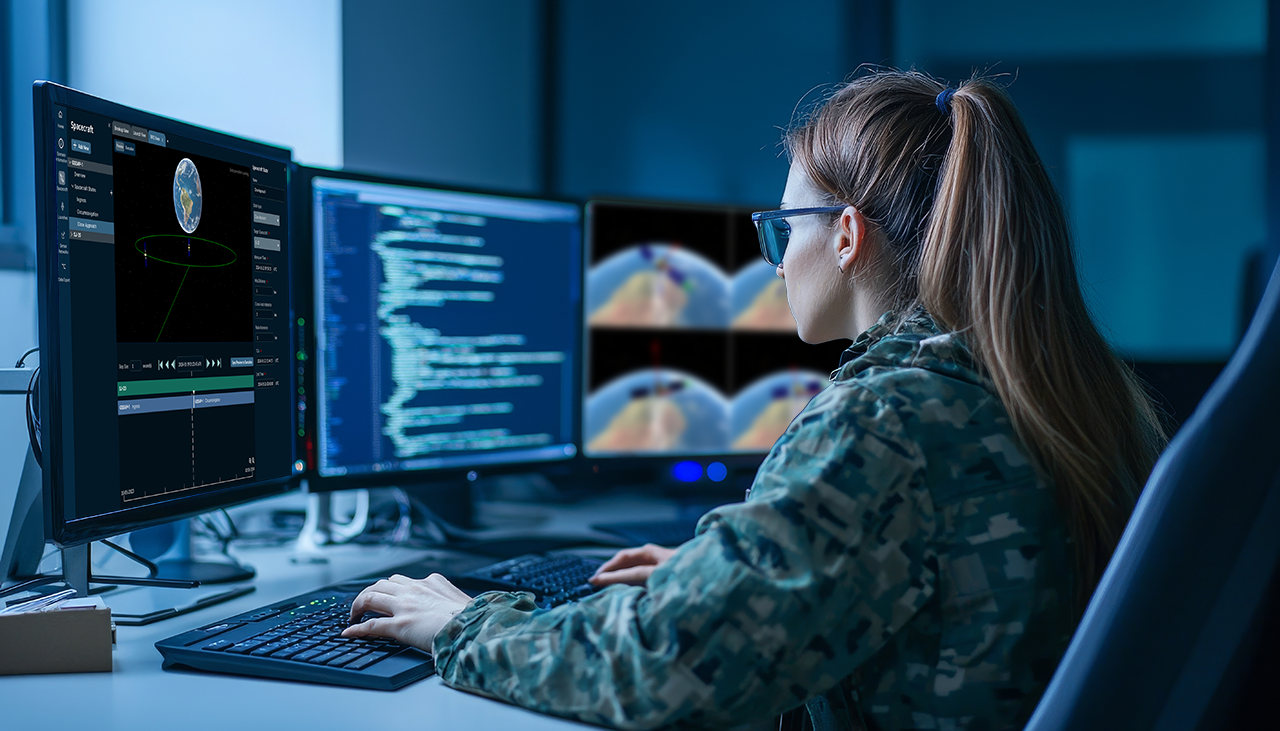
Realistic, physics-driven space events and sensor observations
ObsSIM’s space event models include DA ASATs, station keepings, GEO drifts, rendezvous and proximity operations (RPOs), close approaches, launches, breakups, and more.
ObsSIM models Resident Space Object (RSO) tasking categories, solar lighting constraints, range constraints, sensor slew rates, and sensor dwell times so our simulated observations reflect realistic collection capabilities.
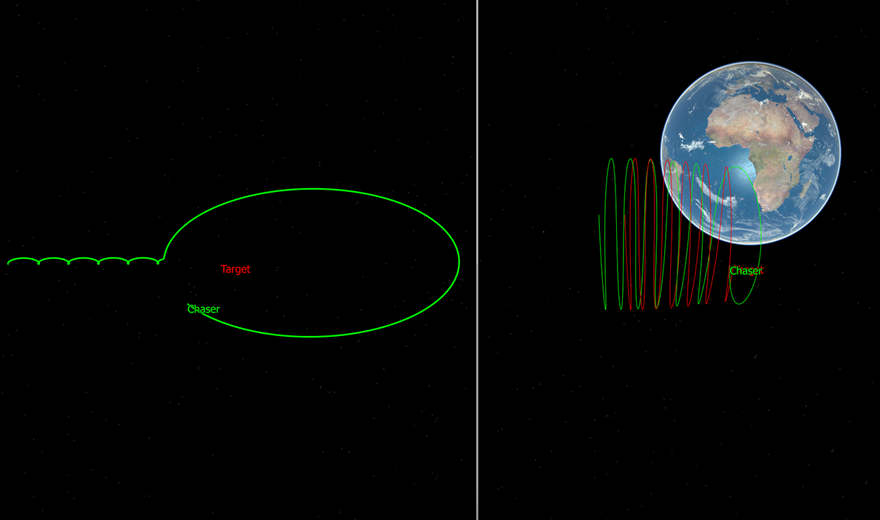
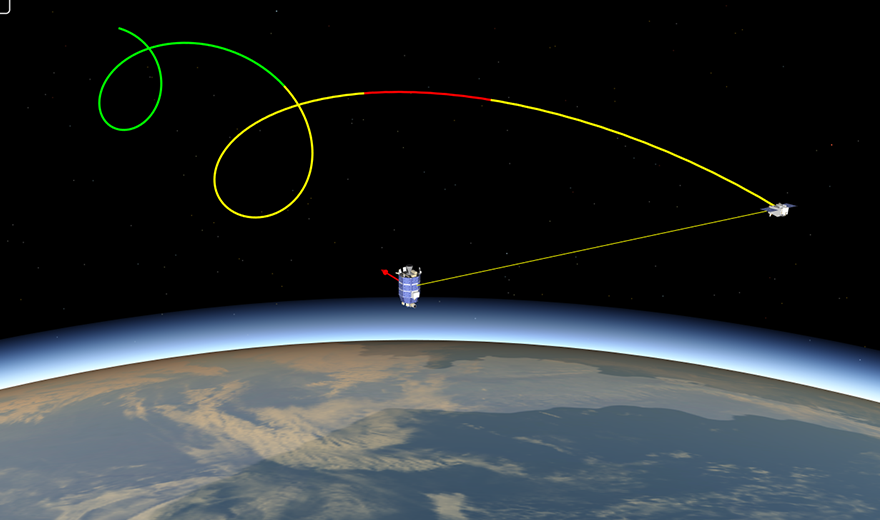
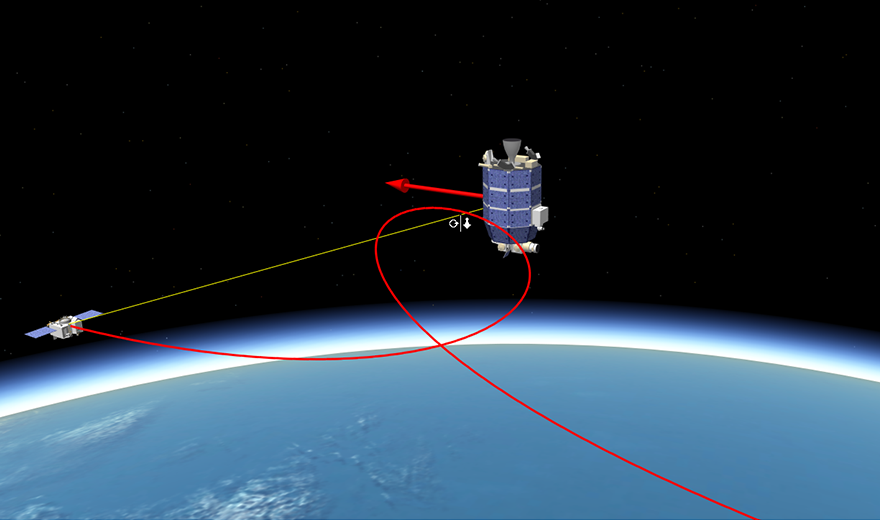

ObsSIM produces physics-based observation data powered by our FreeFlyer astrodynamics engine.
Dive deeper into the technology that powers ObsSIM and explore its full flight heritage and features.
Learn moreReady to meet your training data needs
Exercise new Tactics, Techniques, and Procedures (TTPs) using realistic simulated observations from the government and commercial sensor networks that you already use, published to data feeds that your operators already know.
Sensor Models
Over 200 electro-optical, radar, passive-RF, and space-based sensors currently modeled.
US Space Surveillance Network
Commercial Sensor Networks
Data Distribution
Publish scenario ground truth data and sensor observations (with realistic noise and bias) to supported destinations, including:


ObsSIM data is published in real time to the United States Space Force’s (USSF’s) Unified Data Library (UDL) where government and commercial customers can subscribe to the data.
Available on the UDL
